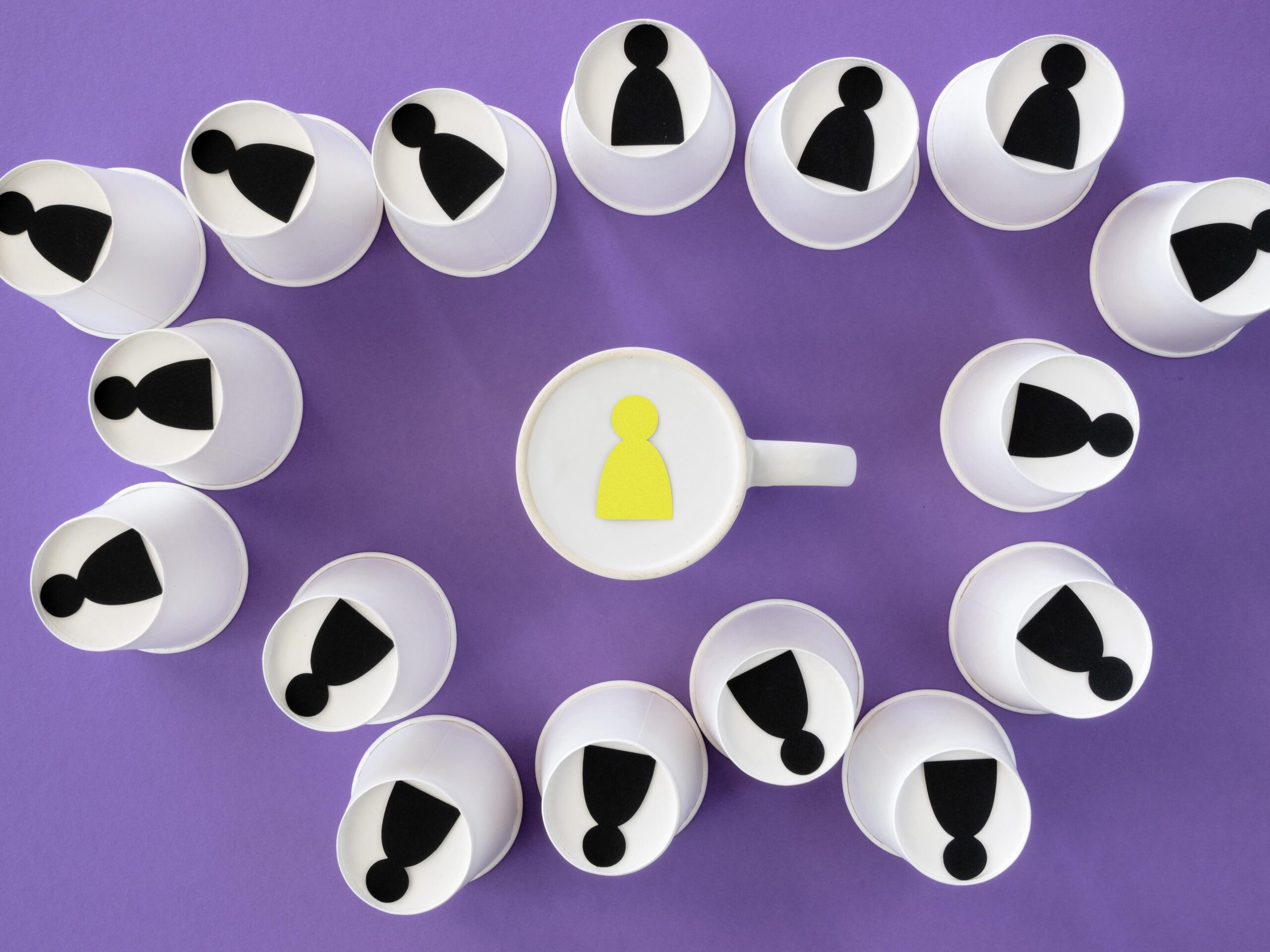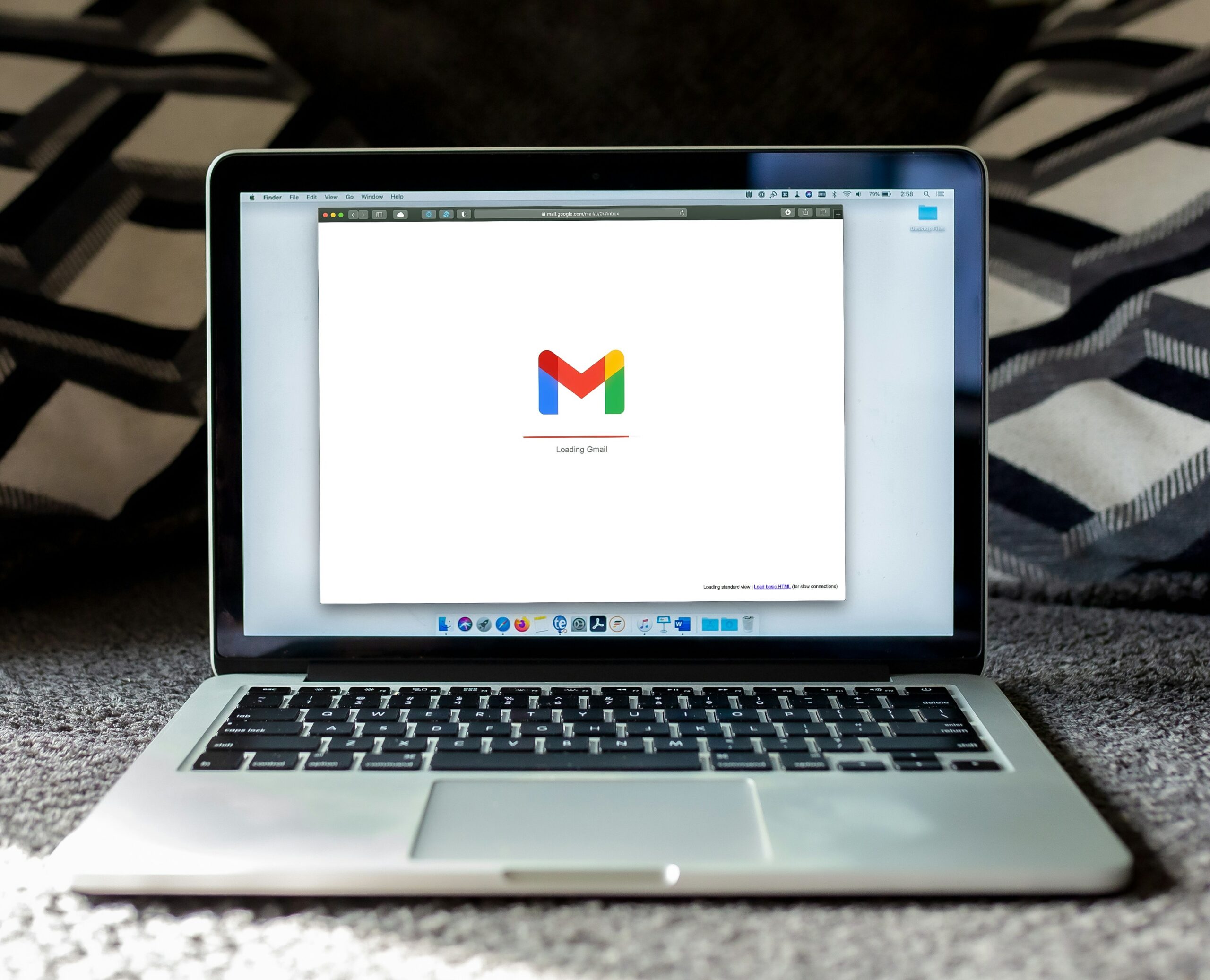This article is a guest contribution from Amy Saunders, a content creator at Infusionsoft. Infusionsoft helps small businesses thrive with sales and marketing software that uses automation to organize contacts, turn leads into customers and transform customers into raving fans.
You’d keep in touch with every customer personally if you had the time, but you don’t. Fortunately, marketing automation software can act as your stand-in, allowing you to keep customers engaged with your business without having to think about it.
Marketing automation software triggers emails to be sent according to customer behavior. When a customer completes an action like completing a web form, downloading a resource, clicking a link or buying a product, the software follows up with your pre-determined response. Whether it’s a thank-you note or a reply to an inquiry, the software can send the email you’d write if you responded to each customer personally — scaled so that you can reach hundreds or thousands of contacts.
By strategically automating some customer communication, you can free up valuable time to work on other aspects of your business while nurturing your existing relationships. Automation is part of the recipe for success in every industry: nearly 80 percent of top-performing companies have been using marketing automation for more than two years, according to Gleanster.
In this post, we’ll look at four automated emails can help your company stay top-of-mind with customers, earn their trust, and, hopefully, their repeat business.
1. The Welcome Series
Your relationship with a new customer shouldn’t end with a sale. With the help of automated emails, a sale can mark the beginning of a conversation.
A customer’s first purchase can automatically trigger a series of welcome emails. In the first email, send a thank you and introduce your company — for example, with an overview of your services or answers to frequently asked questions. You might follow up a few days later with helpful content like blog articles and how-to videos.

After a week or so, you could ask for feedback on the purchase, which is an opportunity to address early pain points before they get worse. In addition to showing new customers that you care, welcome emails get your customers’ attention . . . and keep it until they (hopefully) make another purchase.
2. The Check-In Email
Positive or negative, feedback helps you understand and improve your business. But customers don’t always voice their opinions unless you ask. Measure customer satisfaction after every purchase by using automated surveys.
Shortly after their purchase, trigger an email that invites customers to take a survey. The survey can simply ask if customers are satisfied, dissatisfied or neutral, and if they would recommend your product/service. From there, marketing automation software can direct your follow-up. A happy customer might automatically receive a thank-you email offering a discount on their next purchase or a request for a product review.
A negative survey response could trigger a notification for a service rep to call or email the customer personally. If you reach out quickly, you’ll have a better chance of solving the problem and earning back the customer’s trust.
3. The “Follow Me” Email
Most customers won’t want emails from your company every day or even every week. Social media, on the other hand, gives you the opportunity to stay in front of customers without clogging up their inboxes. But how do you get fans and followers in the first place?
As part of an automated, post-purchase series, you can send customers an email invitation to check out your social pages. Give a preview of what you post, like photos of new products on Instagram or tutorial videos on YouTube. You can’t guarantee customers will “like” you, but you can at least make them aware of your social presence.
4. The Happy Birthday Email
A birthday email is a pleasant surprise for a customer. Unless you have an incredible calendar — or an incredible memory — you’ll need a centralized system to track of everyone’s big day. If you don’t already have birthdays on file, ask for them.

When the customer fills out a web form, their birthday will be automatically stored in your CRM database. You can use your marketing automation software to trigger a personalized message on each birthday or a few days before it, if you’re including a time-sensitive offer. Whether you send a coupon or simply wishes for a good year, your customer will appreciate the gesture.
* * *
Holding a customer’s interest over time requires continued effort and communication. In the era of texts and tweets, digital marketers still consider email to be the most effective tactic for retaining customers, according to a report by the technology firm Gigaom Research.
Whether it’s an explanatory welcome series or a simple happy birthday wish, marketing automation software can help you can send the right emails to the right customers precisely when it’s relevant.







